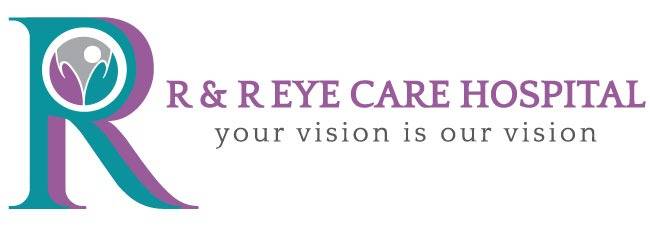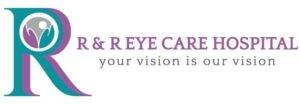Squint Test
A squint, also known as strabismus, is when the two eyes are not aligned in a way that they are not looking in the same direction. Generally, a squint test is conducted to determine the actual cause and course of the treatment.
With strabismus, one eye may not focus on the object being viewed. On the other hand, the second eye may turn inward, outward, upward or downward when the patient is gazing straight ahead. It is imperative to keep in mind that squinting is frequently diagnosed in children, but it can also occur in adults.
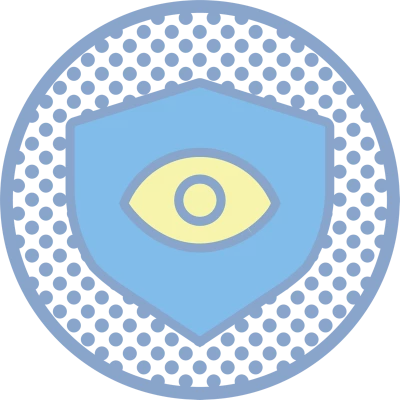
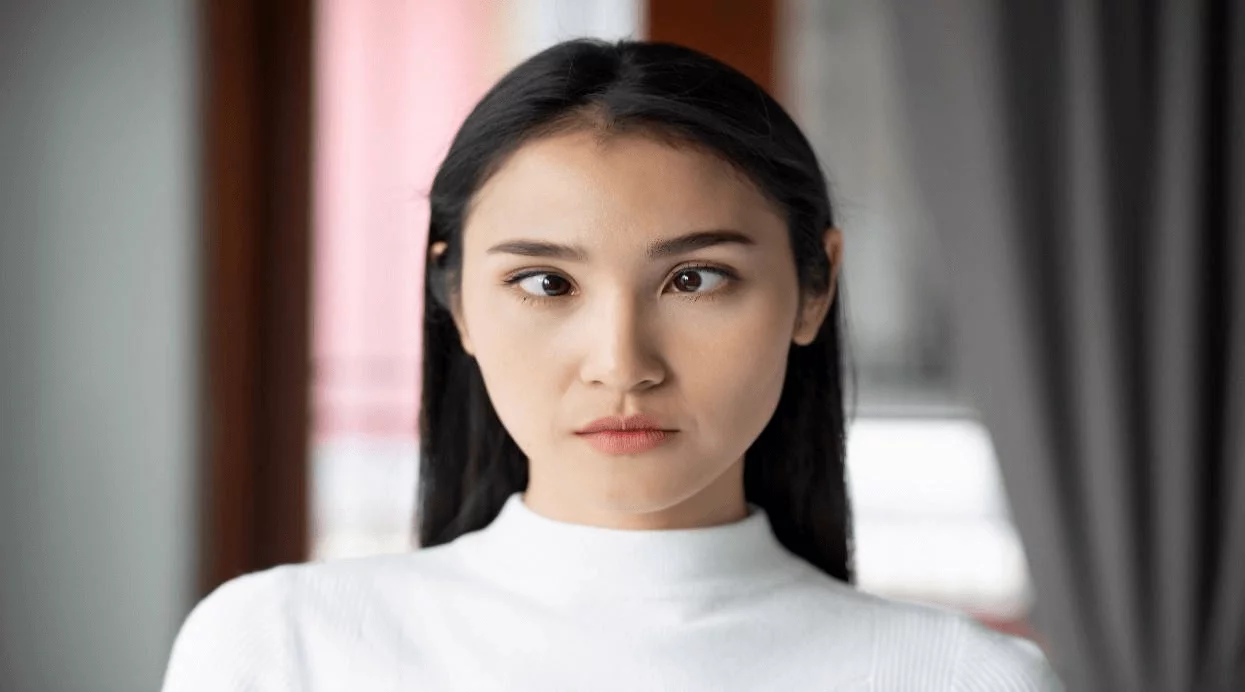
Symptoms of Squint Eyes
- The most typical strabismus symptoms include:
- Eyes that continuously focus in multiple directions
- Eyes that are fixed on one another
- Shutting one eye or squinting in direct sunlight
- deviation of eye
- A poor sense of depth
- In addition, there are a number of risk factors associated with them like:
- People who have a parent or sibling who has squint eyes or who have a family history of the condition are more prone to develop it.
- People who are significantly farsighted or hyperopic are more likely to squint their eyes.
- Squint eyes are more likely to develop in people with a stroke, Down syndrome, or cerebral palsy, among other medical disorders.
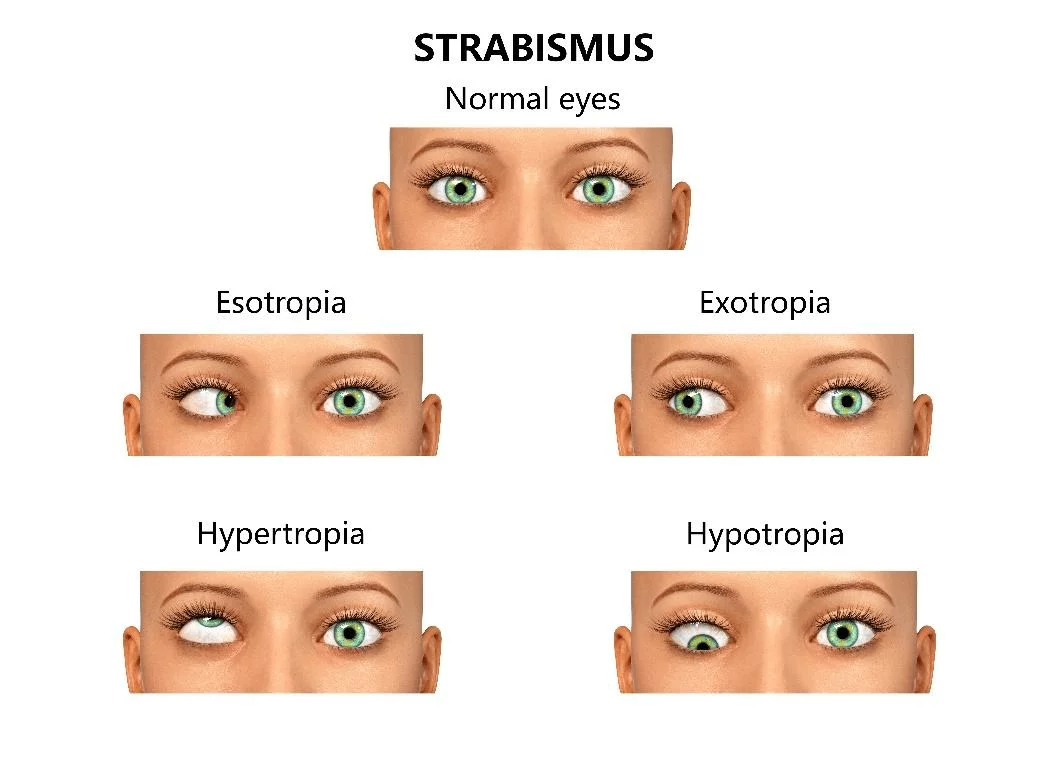
Different Types of Squint Tests
To ensure the accuracy of your condition, make sure you carry out or undergo a squint test to assess the severity of the situation. There are multiple squint eye tests that are available in the medical sector:
Single Cover Test:
The cover test for squint is used to identify the presence of heterotropia or tropia, which is always present, evident strabismus or misalignment. For around 1-2 seconds, the first eye is hidden.
The uncovered eye is watched for any focus shift while this eye is covered. Any refixation movements are then documented after removing the occluder. If there is no change in fixation, one of two things may be the case:
- If the patient sees the same item when the other eye is covered, it is likely that they are orthotropic or have no alignment issues.
- In the case of heterotropia, the uncovered eye is the fixating or favored eye.
After waiting a few seconds from the previous eye so as not to suspend fusion and allow a phoria to emerge, the opposite eye is then covered in a similar manner for about 1-2 seconds. Next, the unobstructed eye’s fixation is then observed for any changes. Exotropia, as in this instance, occurs when the unoccluded eye slips inward in a temporal to nasal direction while the opposite eye is occluded. Esotropia is seen when the unoccluded eye slips laterally or outward in a nasal to temporal direction when the other eye is covered. When the opposite eye is occluded, if the unobstructed eye slides downward- this indicates that a hypotropia exists. Generally, glaucoma is diagnosed with a cluster of multiple tests, often referred to as a comprehensive eye examination. Mostly, these examinations are carried out by expert ophthalmologists who specialize in preventing and treating eye diseases. Here is what the above-mentioned eye examination includes:
Prism Cover Test: If a tropia is present, a simultaneous prism cover test can be used to assess the angle of deviation. The non-fixating eye is covered with a prism of changing strength that is oriented in the direction that corresponds to the deviation. Next, the fixating eye is covered with an occluder until there is no shift in fixation or the deviation is neutralized.
Only modest angle tropias are normally measured with this test to prevent patient dissociation and reveal an underlying phoria. When performing the prism test for squint eyes, it’s crucial that each eye’s occlusion be brief in order to prevent suspending binocular fusion and dissociating the patient since doing so could cause the deviation to appear greater by superimposing a phoria on top.
Alternate Prism cover Test: The alternate cover test carried out with the prism positioned as above is an alternate prism cover test. This is used to calculate a phoria’s angle of deviation. When compared to not using a prism, the prism should reduce the refixation movement’s magnitude.
The magnitude of the phoria is equal to the strength of the prism at this moment because there is no longer any refixation movement being seen. The strength of the prism can be increased so that the direction of the refixation movement is reversed and then dropped to the prior strength of the prism where there is no refixation movement once more to confirm the outcome of the alternate prism cover test.
Cover-uncover test: A cover uncover test is the next test. This test is used to identify the presence of heterophoria or phoria, latent strabismus or misalignment that only manifests when binocular fusion is interrupted or suspended.
The single cover test is used for this test, however, as the occluder is removed away, the focus is switched to the eye that has been covered. A phoria is present when the covered eye exhibits a refixation movement when the occluder is removed, but the uncovered eye does not exhibit a fixation shift while the occluder is applied.
Alternate cover test: The alternate cover test is the next test. By suspending binocular fusion, this squint eye test will bring out any tropia that may be present in addition to the tropia identified on single cover testing, allowing the whole deviation to be measured. Since it is the most dissociative cover test, it is conducted after single cover testing.
In order to perform this test, one eye must be covered and the occluder held in place for several seconds to suspend fusion. Then, the occluder must be moved to the other eye, and the patient must quickly alternate between the two without allowing the patient to go binocular and while being careful to always keep one eye covered. To assess the direction of deviation, the eye beneath the occluder is watched when it is taken off and placed over the other eye.
Hirschberg test: The Hirschberg test for squint uses light sources such as penlight or finoff transilluminator and is one of the simplest and easiest to perform.
Distancing the light source from two feet away from patient’s eyes, shining it in the middle will equally cover corneas in both eyes. The relative difference in position of reflex will determine the alignment. For instance, in case of esotropia, displacement will be outwards from the center of cornea and inwards in case of hypertropia. Thus, reflection will appear at the same position if alignment is normal.
R&R's expertise in Eye Care
Dr Rajesh & Dr Riddhi has been at the forefront of innovation for the last 20 years. Over the last several decades, we have offered treatments for a variety of eye diseases like diabetic retinopathy, squint, cataract, glaucoma, and more. By using top-class ophthalmological equipment and instruments, we ensure that our patients are comfortable while undergoing any type of cure or treatment. With a team of 5+ competent doctors, we have state-of-the-art hospitals in 11 countries. To book squint eye test online, explore our website today & know more about our medical services!.
What Happens After Glaucoma Testing?
Once the process of glaucoma testing is complete, the person may have some restrictions and guidelines to follow. For instance, a patient’s vision might turn blurry for a while, so ensure you have some help to drive you home.
On the other hand, in case of a dilated eye exam, the patient may need to wear sunglasses to safeguard their eyes from ultraviolet rays and sunlight. However, if you still have doubts about what you can do or not do, it is best to reach out to your doctor and ask for instructions.
R&R Eye Care Hospital: Marking Seven Years of Exceptional Eyecare
Since 2004, we have built a name for ourselves for offering the best eye care treatments like oculoplasty, cataract surgery, refractive surgery, Lasik, PDEK, and more. At R&R Eye Care Hospital, we are equipped with world-class technology and a technical team who are driven to offer personalized care with a team of over 5 highly experienced doctors.
We offer exceptional eye care across the globe at our 110+ hospitals in 11 countries. To know more about our services and facilities, explore our website today!
FAQ
-
Are squinty eyes common in adults too?
A common misconception among people is that they happen to believe that squinted eyes are exclusive to children. On the contrary, it can actually occur to people of any age.
-
What is the overall cost of the squint test?
Take a range of about INR 7000 to INR 1,000,000 if you have squint eye surgery or therapy. However, this might change depending on the infrastructure and medical facilities available.
-
Is there a permanent solution to squint eyes?
Contrary to the notion that squint eyes can never be cured, it may surprise you to know that you can get your eyes corrected at any age!
-
At what age shall squint eyes get treated?
Squints in children <7 years old may impair the visual development of the affected eye. Unless treated before the age of 7–8 years, this can become permanent. The fixating eye will see clearly, while the deviating eye will have reduced visual acuity.
-
Does squinting increase with age?
If the squinting is not addressed in its early stages, it could worsen and eventually result in vision loss in the affected eye. So, forget about it increases with age.
